Xarelto 10mg 10’s tablet
Xarelto 10 mg tablets are used to prevent blood clots in patients undergoing elective hip or knee replacement surgery. The recommended dose is 10 mg taken orally once daily, with the initial dose given 6 to 10 hours after surgery, provided haemostasis has been established.For major hip surgery, treatment is usually for 5 weeks, while for major knee surgery it is usually 2 weeks. Xarelto belongs to a group of medicines called antithrombotic agents and works by blocking a blood clotting factor (factor Xa), reducing the tendency to form blood clots.The tablets are light red, round, biconvex, and marked with the Bayer cross on one side and “10” and a triangle on the other. They can be taken with or without food. If a dose is missed, the patient should take Xarelto immediately and then continue the following day with once daily intake as before.Xarelto may cause side effects like bleeding, dizziness, headache, and nausea. Patients should avoid direct contact with sharp objects such as knives while on Xarelto, as it may increase the risk of bleeding. The safety and efficacy of Xarelto 10 mg tablets have not been established in children under 18 years of age.
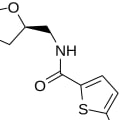
>IMPORTENT NOTE… Those customers who belongs to lahore avail the opportunity of cash on delivery(COD) with in 30mints.
> Available on cheap price in Pakistan.
> ALL ALTERNATIVES BRANDS ARE AVAILABLE
>ORIGNAL & IMPORTED
> For maore details & price kindly contact on whatsapp.
Original price was: ₨3,500.00.₨2,999.00Current price is: ₨2,999.00.
Description
Xarelto 10 mg tablets are used to prevent blood clots in patients undergoing elective hip or knee replacement surgery. The recommended dose is 10 mg taken orally once daily, with the initial dose given 6 to 10 hours after surgery, provided haemostasis has been established.For major hip surgery, treatment is usually for 5 weeks, while for major knee surgery it is usually 2 weeks. Xarelto belongs to a group of medicines called antithrombotic agents and works by blocking a blood clotting factor (factor Xa), reducing the tendency to form blood clots.The tablets are light red, round, biconvex, and marked with the Bayer cross on one side and “10” and a triangle on the other. They can be taken with or without food. If a dose is missed, the patient should take Xarelto immediately and then continue the following day with once daily intake as before.Xarelto may cause side effects like bleeding, dizziness, headache, and nausea. Patients should avoid direct contact with sharp objects such as knives while on Xarelto, as it may increase the risk of bleeding. The safety and efficacy of Xarelto 10 mg tablets have not been established in children under 18 years of age.
Indication
- Used to prevent blood clots in patients undergoing elective hip or knee replacement surgery
Dosage
- Recommended dose: 10 mg taken orally once daily
- Initial dose given 6 to 10 hours after surgery, provided haemostasis has been established
- For major hip surgery: usually for 5 weeks
- For major knee surgery: usually 2 weeks
Mechanism of Action
- Belongs to a group of medicines called antithrombotic agents
- Works by blocking a blood clotting factor (factor Xa), reducing the tendency to form blood clots
Physical Characteristics
- Light red, round, biconvex tablets
- Marked with the Bayer cross on one side and “10” and a triangle on the other
Administration
- Can be taken with or without food
- If a dose is missed, take Xarelto immediately and then continue the following day with once daily intake as before
Precautions
- Avoid direct contact with sharp objects such as knives while on Xarelto, as it may increase the risk of bleeding
Side Effects
- May cause side effects like bleeding, dizziness, headache, and nausea
Pediatric Use
- The safety and efficacy of Xarelto 10 mg tablets have not been established in children under 18 years of age
Key Benefits of Xarelto 10 mg Tablets
Anticoagulant Properties
- Xarelto 10 mg tablets contain the active ingredient rivaroxaban, which is a direct factor Xa inhibitor that reduces the tendency of the blood to form clots .
- It is used to prevent blood clots in patients undergoing elective hip or knee replacement surgery .
Convenient Dosing
- The recommended dose is 10 mg taken orally once daily, with the initial dose given 6 to 10 hours after surgery .
- Xarelto can be taken with or without food .
Effective Clot Prevention
- For major hip surgery, treatment is usually for 5 weeks, while for major knee surgery it is usually 2 weeks .
- Xarelto has been shown to reduce the risk of recurrent venous thromboembolism (VTE) by 74% compared to aspirin .
Key Ingredients
The active ingredient in Xarelto 10 mg tablets is:
- Rivaroxaban
Rivaroxaban is a highly selective direct factor Xa inhibitor that interrupts the intrinsic and extrinsic pathway of the blood coagulation cascade, thereby reducing the tendency to form blood clots .
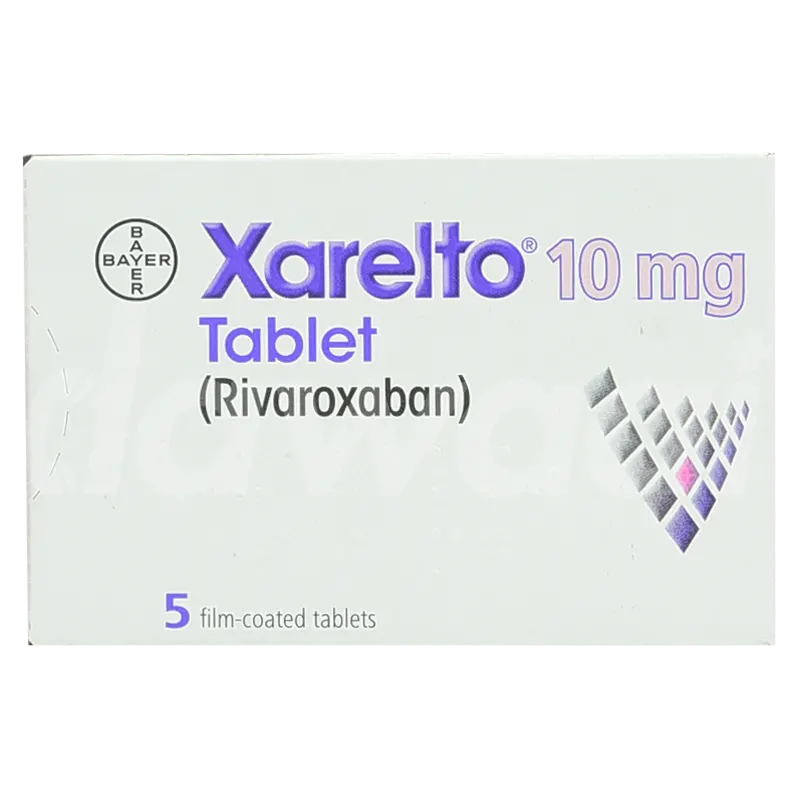

Mechanism of Action of Xarelto (Rivaroxaban)
Selective Factor Xa Inhibition
- Rivaroxaban, the active ingredient in Xarelto, is a highly selective direct factor Xa inhibitor .
- It selectively blocks the active site of factor Xa, a key component in the blood coagulation cascade, thereby reducing the tendency of the blood to form clots .
- Rivaroxaban does not require a cofactor, such as antithrombin III, for its activity .
Inhibition of Thrombin Generation
- In vitro studies have shown that rivaroxaban inhibits both the initiation and propagation phases of thrombin generation in whole blood and platelet-rich plasma .
- Rivaroxaban decreases the peak concentration (Cmax) of thrombin generated as well as the endogenous thrombin potential (ETP) .
Inhibition of Clot-Bound Factor Xa
- Rivaroxaban has been shown to produce a concentration-dependent inhibition of factor Xa activity within clots, similar to the effect of fondaparinux .
- At concentrations of 500 nM or more, rivaroxaban can achieve almost complete (85-97%) inhibition of clot-bound factor Xa activity .
Antithrombotic and Anticoagulant Effects
- In vivo animal studies have demonstrated that rivaroxaban produces a dose-dependent reduction in thrombus formation, inhibition of factor Xa activity, and prolongation of prothrombin time (PT) without significant prolongation of bleeding times at effective doses .
- The antithrombotic effect of rivaroxaban in these animal models was achieved at low to moderate anticoagulant doses .
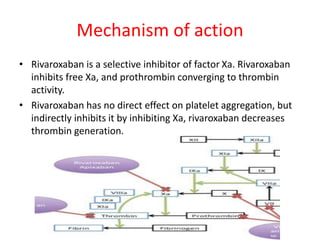 key precautions to take when using Xarelto (rivaroxaban):
key precautions to take when using Xarelto (rivaroxaban):
Bleeding Risk
- Xarelto can cause serious and potentially fatal bleeding. Patients should take precautions to avoid injuries that could lead to bleeding .
- Avoid activities that may increase the risk of bleeding, such as using sharp objects, participating in rough sports, or climbing ladders .
- Use a soft toothbrush, electric razor, and blow your nose gently to avoid cuts or bruising .
Stopping Xarelto
- Do not stop taking Xarelto without first talking to your doctor, as this increases the risk of blood clots and stroke .
- If you need to temporarily stop Xarelto for a medical procedure, your doctor will instruct you on when to stop and restart the medication .
Other Medications
- Inform all your healthcare providers that you are taking Xarelto, as it may interact with other medications and increase the risk of bleeding .
- Avoid using other blood thinners, NSAIDs, or certain antidepressants with Xarelto unless directed by your doctor .
Pregnancy and Breastfeeding
- Xarelto may harm an unborn baby. Tell your doctor if you become pregnant while taking Xarelto .
- It is unknown if Xarelto passes into breast milk. Discuss the risks and benefits with your doctor before breastfeeding while taking Xarelto .
No Dietary Restrictions with Xarelto
- Unlike warfarin (Coumadin), Xarelto has no known dietary restrictions . You do not have to adjust your intake of leafy greens and other foods high in vitamin K, as they do not affect how Xarelto works .
Avoid Grapefruit
- The only dietary recommendation is to avoid grapefruit and grapefruit juice while taking Xarelto, as grapefruit can interact with the medication and increase the risk of side effects .
Maintain a Healthy, Balanced Diet
- While there are no specific dietary restrictions, it is recommended to eat a healthy, balanced diet consisting of fresh fruits, vegetables, whole grains, lean protein, and low-fat dairy when taking Xarelto .
No Interactions with Vitamin K-Rich Foods
- Xarelto differs from warfarin in that it does not interact with vitamin K-rich foods like leafy greens, unlike other anticoagulants .
Dosage of Xarelto 10 mg Tablets
The recommended dosage of Xarelto 10 mg tablets is:
- For prevention of blood clots after hip or knee replacement surgery: 10 mg taken orally once daily, with the initial dose given 6 to 10 hours after surgery, provided haemostasis has been established. Treatment is usually for 5 weeks for major hip surgery and 2 weeks for major knee surgery .
Storage
- Store Xarelto 10 mg tablets at room temperature between 20°C to 25°C (68°F to 77°F); excursions permitted between 15°C to 30°C (59°F to 86°F) .
- Store the tablets in the original pack until required .
Reviews
Xarelto 10 mg tablets have been shown to be effective in preventing blood clots after hip or knee replacement surgery. In clinical trials, Xarelto demonstrated a similar efficacy to enoxaparin with no significant difference in the rates of major bleeding .Patients generally tolerate Xarelto well, with the most common side effects being bleeding, dizziness, headache, and nausea. As with any anticoagulant, there is an increased risk of bleeding, so patients should take precautions to avoid injuries .
Chemical Structure of Rivaroxaban
The chemical formula of rivaroxaban is C19H18ClN3O5S.The IUPAC name of rivaroxaban is:5-Chloro-N-({(5S)-2-oxo-3-[4-(3-oxomorpholin-4-yl)phenyl]-1,3-oxazolidin-5-yl}methyl)-2-thiophenecarboxamideThe key structural features of rivaroxaban include:
- An oxazolidinone core structure
- A chloro-substituted thiophene carboxamide group
- A 3-phenyl-morpholinone substituent
Rivaroxaban (Xarelto) should be used during pregnancy only if the potential benefit justifies the potential risk to the mother and fetus. There are limited data on the use of rivaroxaban in pregnant women, so the drug-associated risk of adverse developmental outcomes is unknown.Key considerations regarding rivaroxaban use in pregnancy:
- Pregnancy is a risk factor for venous thromboembolism, and the risk is increased in women with inherited or acquired thrombophilias.
- Rivaroxaban crosses the placenta in animals and has been shown to cause pronounced maternal hemorrhagic complications in rats and an increased incidence of post-implantation pregnancy loss in rabbits.
- The anticoagulant effect of rivaroxaban cannot be reliably monitored with standard laboratory testing during pregnancy.
- Bleeding may occur at any site in the fetus and/or neonate because of the pharmacologic activity of factor Xa inhibitors like rivaroxaban.
- A study of 37 prospectively ascertained pregnancies exposed to rivaroxaban, mostly in the first trimester, found one major malformation (conotruncal cardiac defect) but only one case of bleeding.
Low Levels in Breast Milk
- Several case reports consistently indicate that maternal doses of rivaroxaban produce low levels in breast milk that are considerably below doses required for anticoagulation in infants .
- The relative infant dose (RID) has been calculated to be around 1-5% of the maternal dose .
- Its pharmacokinetic properties, such as high protein binding and large volume of distribution, explain the very small passage to milk observed in multiple cases .
Potential Infant Exposure
- While the levels of rivaroxaban in breast milk are low, the drug does transfer into breast milk to some extent .
- Caution should be exercised, especially in preterm or newborn infants, and the breastfed infant should be monitored for signs of bleeding .
- The American Academy of Pediatrics considers rivaroxaban to be compatible with breastfeeding .
Recommendations
- If the benefits of breastfeeding outweigh the potential risks, rivaroxaban can be used during breastfeeding .
- Discuss the risks and benefits with your doctor, as they can help determine if rivaroxaban is appropriate in your specific situation .
- Monitor the breastfed infant for any signs of bleeding or bruising .

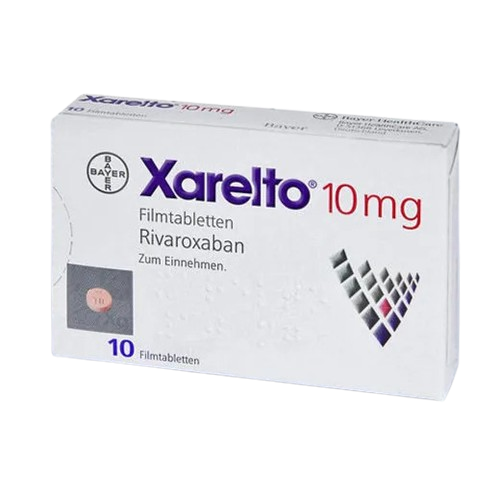

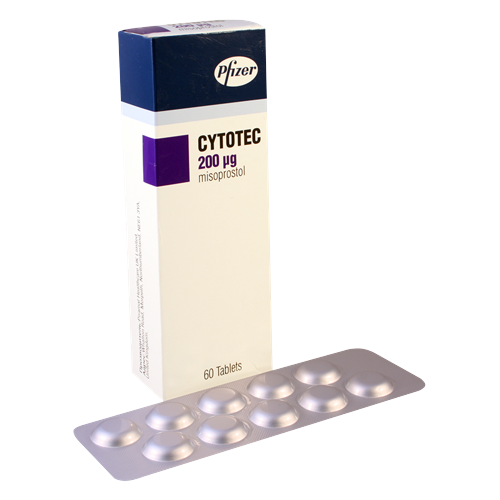
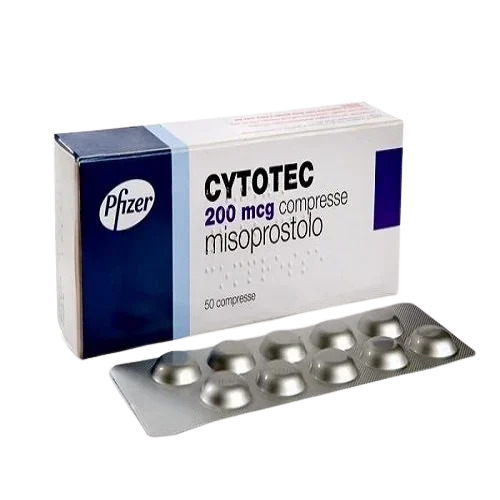

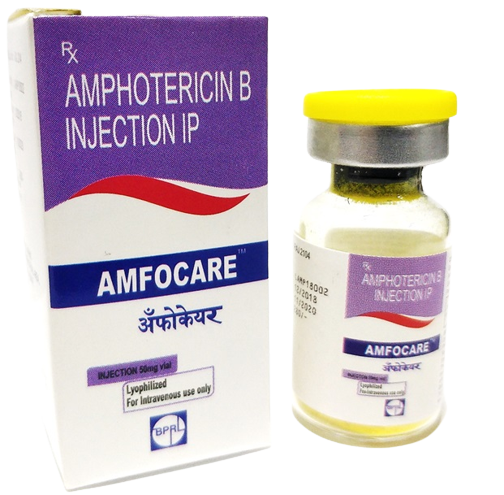
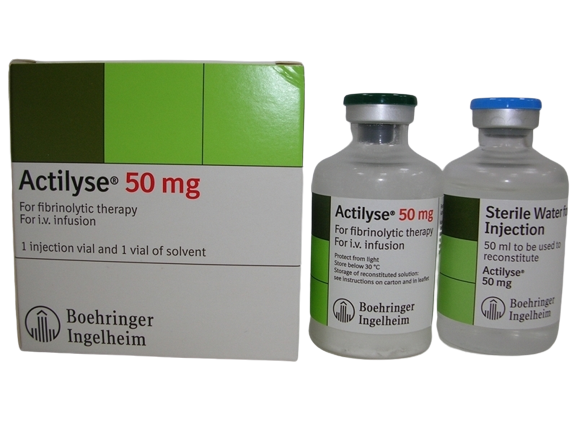
Reviews
There are no reviews yet.